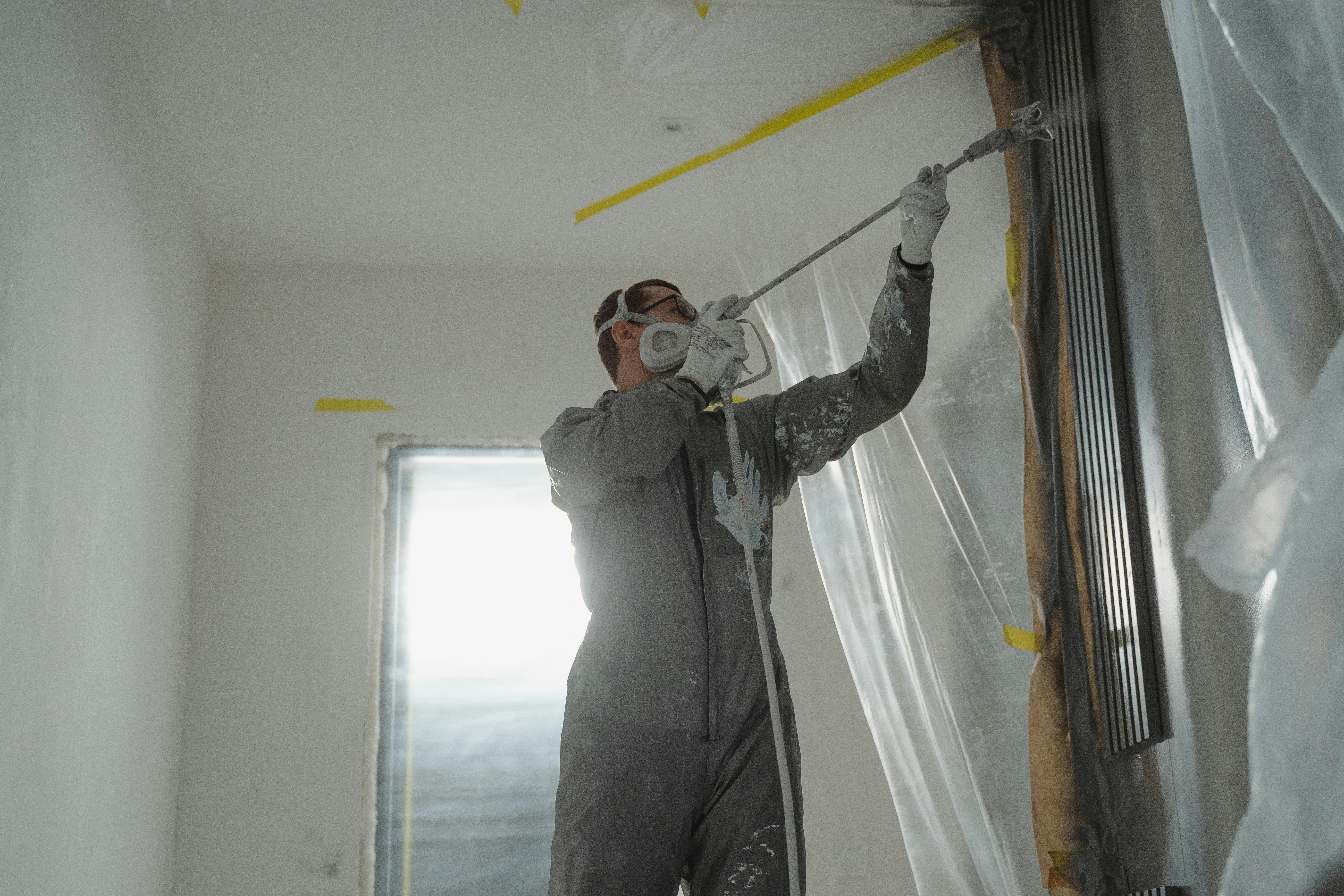
Introduction
There's no place like home. It's where we find comfort, sanctuary, and safety. Yet, within the domestic sphere, certain hidden risks may lurk unnoticed. Particularly, window blinds pose a significant hazard, particularly to children. In this essential guide to blind safety, we are going to delve into this significant subject, revealing how to ensure window treatments are childproof at home.
The Hidden Danger: Understanding the Risk of Window Blinds
There may be dangers you haven't considered when decking out your home's windows. Blinds with cords or chains increase the risk of accidents in homes with young children. In fact, the UK's Royal Society for the Prevention of Accidents (RoSPA) estimates that there have been around 200 blind cord accidents involving children, some even fatal, because they can easily become entangled in loose cords or chains. Implementing blind safety measures in every home is therefore paramount to the well-being of children within the household.
Identifying Unsafe Window Treatments
Blinds that pose potential hazards typically have looped cords, where a child can potentially put their head through the loop. The dangers are most prevalent with textured blinds such as Roman, Venetian, and vertical blinds. Also, roller blinds or blinds with side operating chains need proper adjustments to ensure safety. With blinds fitted before 2014, the risks increase, as there were no safety standards in place then. The first step to achieving blind safety is identifying these potentially risky window treatments in your home.
Implementing Safe Practices: How to Childproof Your Blinds
Achieving blind safety at home requires proactive steps. Firstly, keep cribs, beds, and any furniture children can climb on far away from windows and blinds. This will limit their access to potentially unsafe window treatments.
Next, consider the mechanism of your blinds. If they have looped cords or chains, ensure these are out of reach. Short cords are recommended, but if you can't shorten them, you can use a cleat, cord tensioner, or cordless items. Cleats should be installed at least 1.6 meters from the ground. You can simply wind the cord around the cleat after each use.
For blinds with chains, a tensioning device can keep the chain safely stretched out of children's reach. Meanwhile, cordless solutions, such as wand-operated or motorized blinds, are the safest bet. You can even control motorized blinds with a remote or smartphone app, offering you both safety and convenience.
Legal Standards: What to Look for When Buying New Blinds
In 2014, the European Union enforced a standard (EN 13120) to improve blind safety. This means any blinds sold in the EU should either be cordless or have a built-in safety device. Specific standards include:
- Loop cords should be no longer than 20-25 centimeters.
- Chain-operated systems need to have a tensioning device.
- Transparent warnings should be available to remind consumers about the hazard.
When purchasing new blinds, look for these safety devices or consider safer options such as wand-operated verticle blinds, spring-operated roller blinds, or cellular blinds designed with no accessible cords.
Professional Assistance: Benefits of Engaging Expert Installation
Employing the services of an expert for blind installation has several benefits. A professional installer knows all about compliance with the latest blind safety regulations. They are trained to ensure your blinds are installed optimally for child safety. Moreover, professionals can offer advice on the safest types of blinds suitable for your home and family, hence augmenting overall safety.
Conclusion
The journey to a safer home begins with a keen eye, followed by actionable steps towards mitigating the risks. Retrospectively looking into the window furnishings we have in our homes is the genesis of childproofing them. Adopt the safer practices, adopt the latest legally mandated standards while purchasing new blinds, and engage professionals where necessary. Remember, the home is meant to be a place of comfort and safety, and with careful planning, it can be a risk-free zone where your children can grow and play.